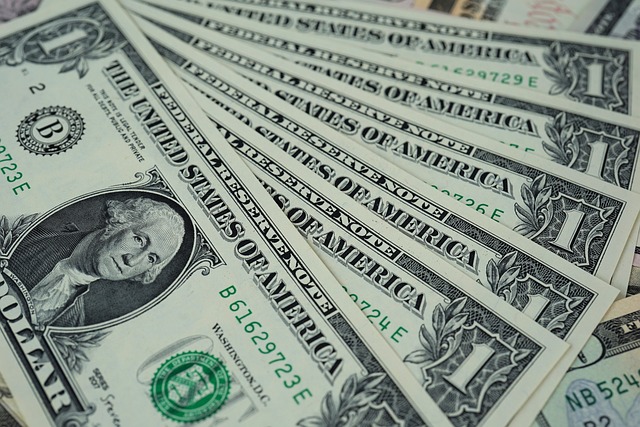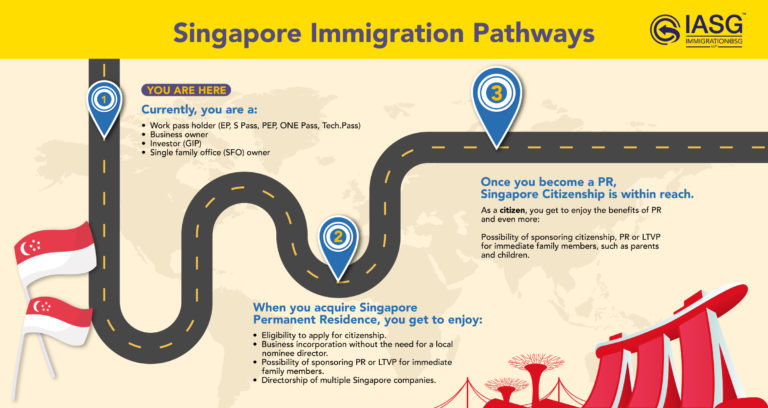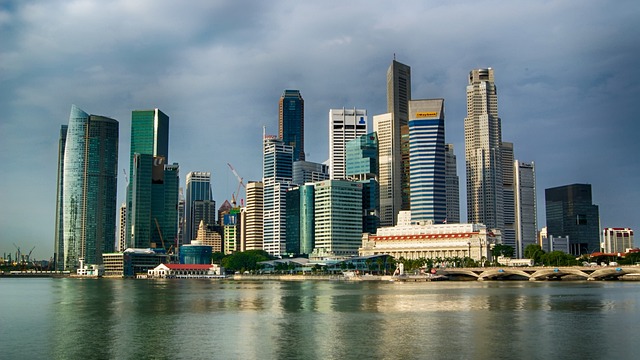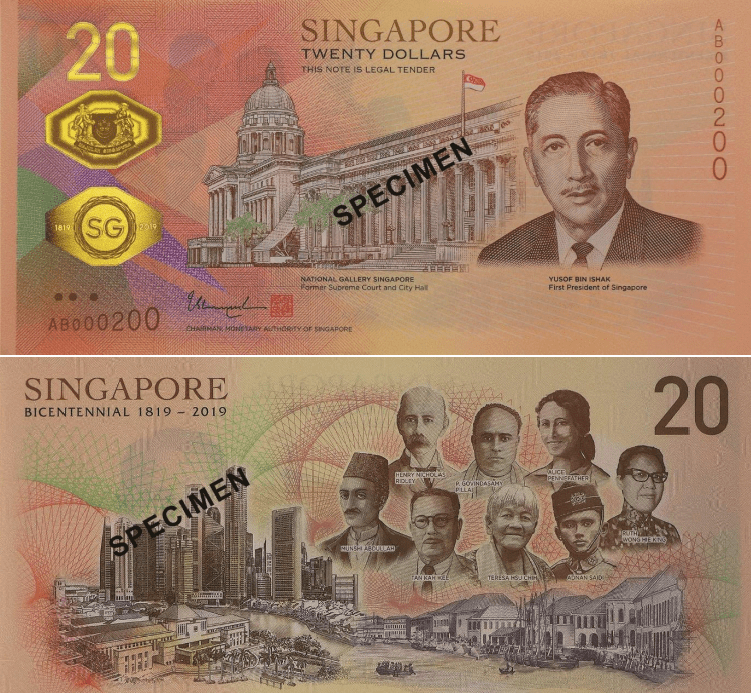The Singapore Dollar (SGD) has long been recognised for its relative strength and stability among Asian currencies. But could it ever reach parity with the U.S. Dollar – SGD 1 = USD 1? While the idea may seem ambitious, especially considering historical exchange rates, global economic shifts, prudent monetary policy, and Singapore’s growing financial clout raise important questions about the future value of its currency.
This article explores the possibility of a 1:1 exchange rate between SGD and USD, and what such a scenario would mean for investments in Singapore.
Can SGD Reach Parity with the USD?
1. Monetary Policy and Inflation Control
The Monetary Authority of Singapore (MAS) manages the SGD through a unique exchange rate-centered policy, unlike most countries that use interest rates as the main monetary tool. By letting the SGD appreciate gradually against a trade-weighted basket of currencies, MAS uses a strong currency to mitigate imported inflation.
If inflation remains persistent globally, particularly in import-heavy economies, MAS may continue to allow the SGD to strengthen. If this policy trend continues, and if the USD weakens due to expansive fiscal deficits or monetary loosening by the Federal Reserve, parity becomes theoretically possible over time.
2. Singapore’s Economic Fundamentals
Singapore’s strong current account surplus, world-class infrastructure, low political risk, and reputation as a global financial hub contribute to strong capital inflows. These fundamentals give the SGD long-term support. With high levels of foreign reserves and a disciplined fiscal stance, Singapore is well-equipped to weather global downturns, further boosting investor confidence in its currency.
3. USD Weakness as a Catalyst
Parity may not only be about SGD strength, but also about USD weakness. If the U.S. continues running large deficits, sustains high debt levels, and enters a prolonged period of loose monetary policy, the USD could depreciate. Combined with sustained SGD appreciation, this could narrow the gap significantly.
What Would SGD = USD Mean for Investments?
1. Foreign Investors Could Face Higher Entry Costs
If the SGD appreciates to parity with the USD, foreign investors particularly those from the U.S., Eurozone, and emerging markets would face a higher cost of entering Singapore’s markets. Real estate, equities, and private equity deals would become more expensive in USD terms. This could slow down some inflows, particularly in non-strategic sectors.
2. Strengthened Purchasing Power for Local Investors
Singaporean investors would benefit from a stronger SGD when investing overseas. A 1:1 exchange rate would increase purchasing power, allowing easier acquisition of foreign assets and businesses. This could encourage more outbound investment, particularly in real estate, technology, and strategic partnerships abroad.
3. Real Estate Market Dynamics Could Shift
A strong SGD could cool foreign demand in Singapore’s property market, especially from U.S. and regional investors. However, it could also increase demand from Singaporeans investing overseas. Additionally, rental yields might become more attractive to locals as domestic currency appreciation reduces the incentive to park money abroad.
4. Pressure on Exporters, Boost for Importers
A stronger SGD may hurt Singapore-based exporters, whose goods become more expensive to foreign buyers. On the flip side, importers — especially those relying on raw materials and global supply chains — would benefit from reduced costs, boosting profitability in consumer goods, technology, and retail sectors.
Could This Be Good for National Investment Vehicles like Temasek and GIC?
Absolutely — a stronger SGD, particularly one approaching parity with the USD, could present significant advantages for Singapore’s sovereign wealth funds: Temasek Holdings and the Government of Singapore Investment Corporation (GIC).
1. Enhanced Global Purchasing Power
With a stronger SGD, both Temasek and GIC would benefit from increased purchasing power when acquiring assets overseas. This could enable them to buy high-quality foreign assets, businesses, and strategic stakes at a relatively lower cost in SGD terms, especially in USD- or EUR-denominated markets.
2. Better Currency Risk Management
Currency fluctuations are a major risk factor for global investment funds. A stronger and more stable SGD would allow Temasek and GIC to take more calculated currency exposure without the fear of sharp depreciation, which could erode returns when converting profits back to SGD. In fact, it could increase net returns on foreign investments when those assets appreciate in local currency and are converted back at a favorable rate.
3. Attraction of Global Partners
A strong SGD, reflecting national economic strength, enhances Singapore’s credibility as a co-investor in global markets. This may allow Temasek and GIC to form more influential partnerships with top-tier institutions, accessing exclusive deals and co-investment opportunities.
4. Strategic Rebalancing of Portfolios
A strong SGD environment might also prompt the sovereign funds to rebalance toward more global growth sectors — such as green energy, artificial intelligence, biotech, and infrastructure — in economies where the exchange rate offers leverage. It becomes easier to take bold, long-term positions with reduced currency drag.
However, they may also need to manage the downside risk of lower SGD returns from existing overseas investments if local currencies weaken against a rising SGD.
What Can Global Investors Do to Still Profit from Singapore if SGD = USD?
For global investors looking to profit from Singapore even as the SGD strengthens toward parity with the USD, here are a few strategies to consider:
1. Focus on Singapore-Based Companies with Global Exposure
Investors should focus on Singaporean companies with significant international business exposure. These companies will benefit from a strong SGD when profits are converted back, especially in USD- or EUR-denominated markets. Sectors such as technology, logistics, financial services, and pharmaceuticals may continue to thrive, as Singapore’s strong currency may lower operational costs for companies with global supply chains.
2. Look for Export-Oriented Sectors
While a stronger SGD could hurt traditional exporters, there are niche sectors where global demand continues to grow, and a strong SGD can still present opportunities. Investors should consider companies in industries like advanced manufacturing, semiconductors, and electronics, where competitive advantages are driven by innovation, rather than just pricing power. A strong SGD could also act as a barrier to entry for global competitors, benefiting local companies.
3. Leverage Singapore’s Investment Funds
Investors can still profit through Singapore’s Global Investor Programme (GIP), a government-endorsed initiative designed to attract high-net-worth individuals who can contribute significantly to the nation’s economy. These funds consist of a variety of local companies across 25 industries that an investor may choose to invest in. In the context of SGD/USD nearing parity, savvy investors can use GIP funds to:
- Diversify out of USD-denominated assets
- Access Singapore’s fast-growing sectors with institutional backing
- Secure long-term residency via Singapore Permanent Residency in one of the world’s most stable and business-friendly nations
- Gain exposure to ASEAN growth while anchored in a low-risk regulatory environment
4. Consider Diversified Regional Investment Vehicles
Singapore is a regional financial hub, and many international investors use the country as a gateway to Southeast Asia and Asia-Pacific markets. Even with a stronger SGD, Singapore-based investment vehicles can provide exposure to high-growth regions where currency fluctuations may not have as pronounced an effect, offering global investors a way to gain regional diversification.
5. Real Estate and Asset Management
While real estate prices may become more expensive in SGD terms, the long-term stability of Singapore’s real estate market — backed by strong legal frameworks, transparency, and high demand — could make it an attractive asset class for long-term investors. Additionally, real estate investment trusts (REITs) listed in Singapore could still provide steady returns, especially if the underlying properties are well-managed.
Investment Strategies in a Strong SGD Environment
Investors should consider:
- Hedging strategies for currency risk, especially when investing in export-oriented stocks or foreign-denominated assets.
- Shifting toward sectors less affected by exchange rates, such as domestic services, tech, healthcare, and ESG-focused investments.
- Capitalising on outbound investment opportunities, particularly in undervalued international markets that benefit from a strong SGD.
SGD/USD Parity: Realistic or Speculative?
While SGD = USD remains a theoretical possibility rather than a short-term forecast, the structural strength of Singapore’s economy and its currency management policies make further SGD appreciation plausible. A strong SGD — if it edges toward parity with the USD — would reshape investment strategies, economic flows, and the global positioning of Singapore’s institutions.
For national investment vehicles like Temasek and GIC, such a currency shift could be a major tailwind — boosting their global competitiveness, improving acquisition potential, and enhancing long-term return profiles.
Regardless of parity, the prospect of a rising SGD should signal to investors that Singapore’s financial muscle is growing — and adapting to this new reality will be key to staying ahead in a dynamic global market. Global investors can still find ways to profit from Singapore’s economic growth, particularly by focusing on companies with international exposure, leveraging Singapore’s investment vehicles, and maintaining a diversified portfolio in the region.
Disclaimer: Please note that this article is not financial advice and should not be taken as a guide. For proper guidance on investment and wealth management, please contact licensed financial experts or email IASG at info@iasg.com.sg for help on business incorporation, Singapore family office set up, and/or Global investor Programme (GIP).







